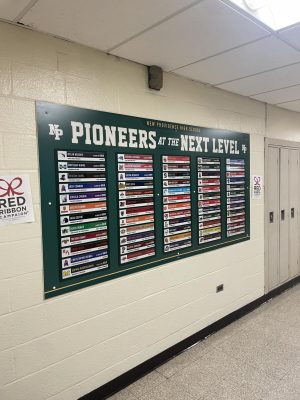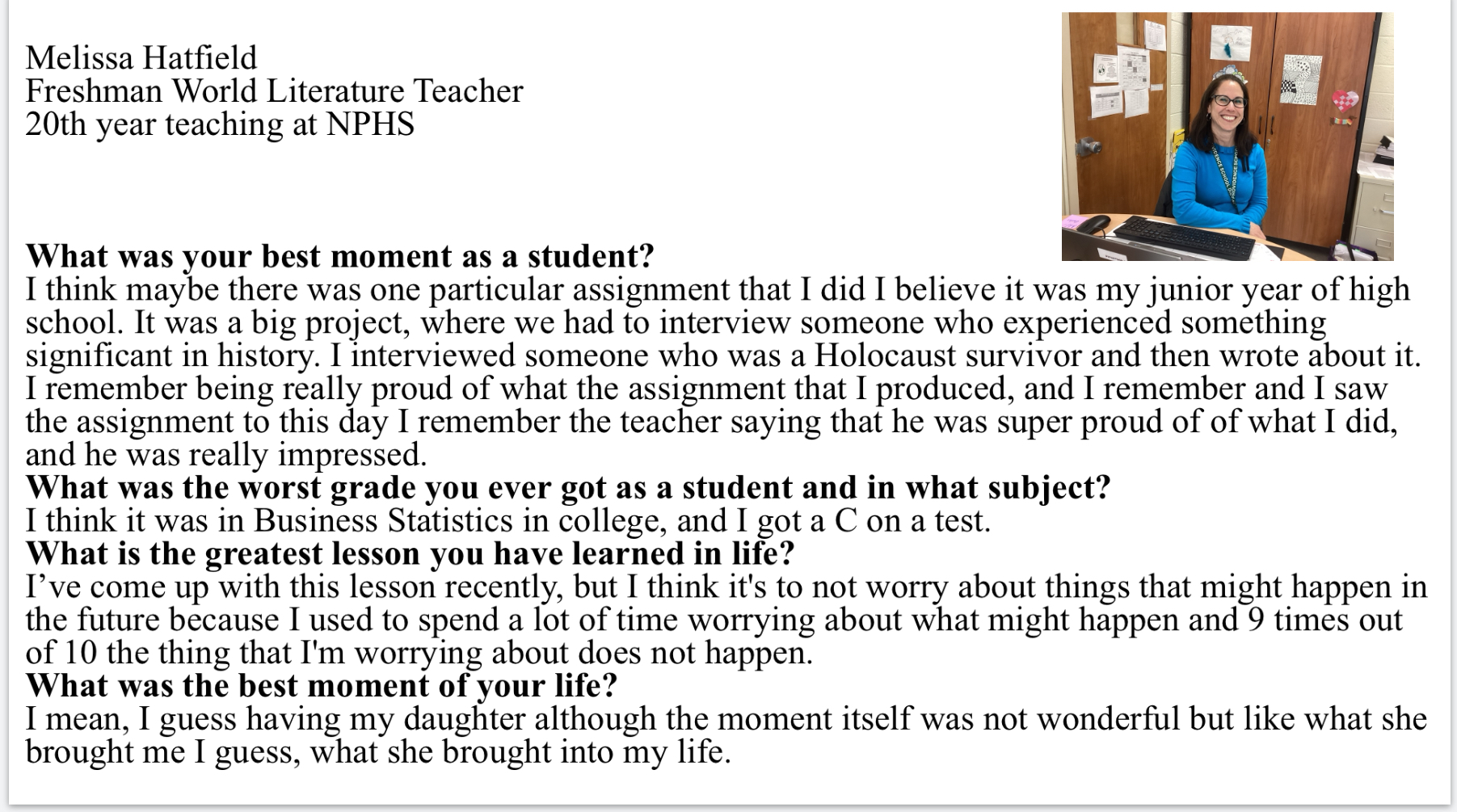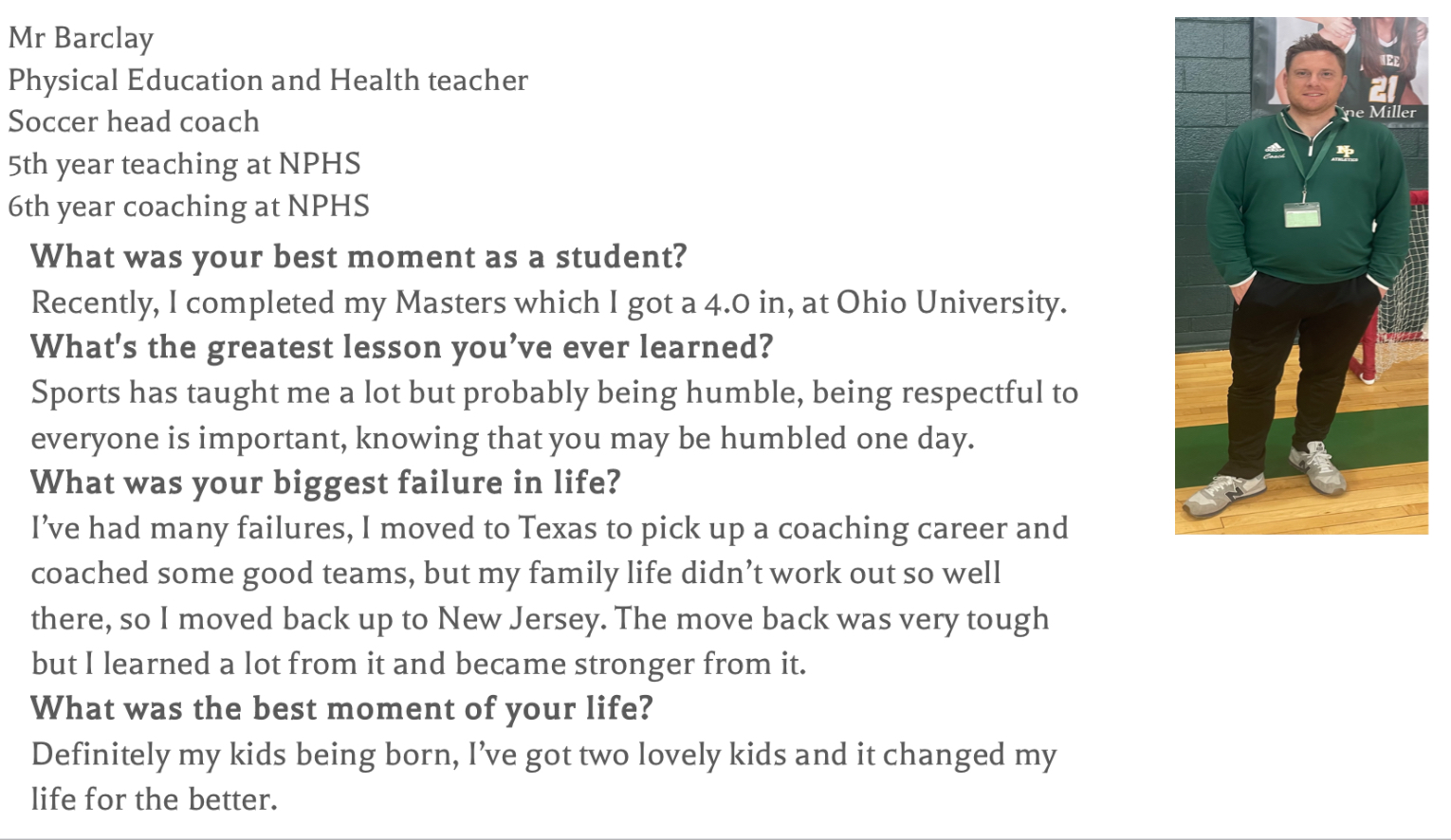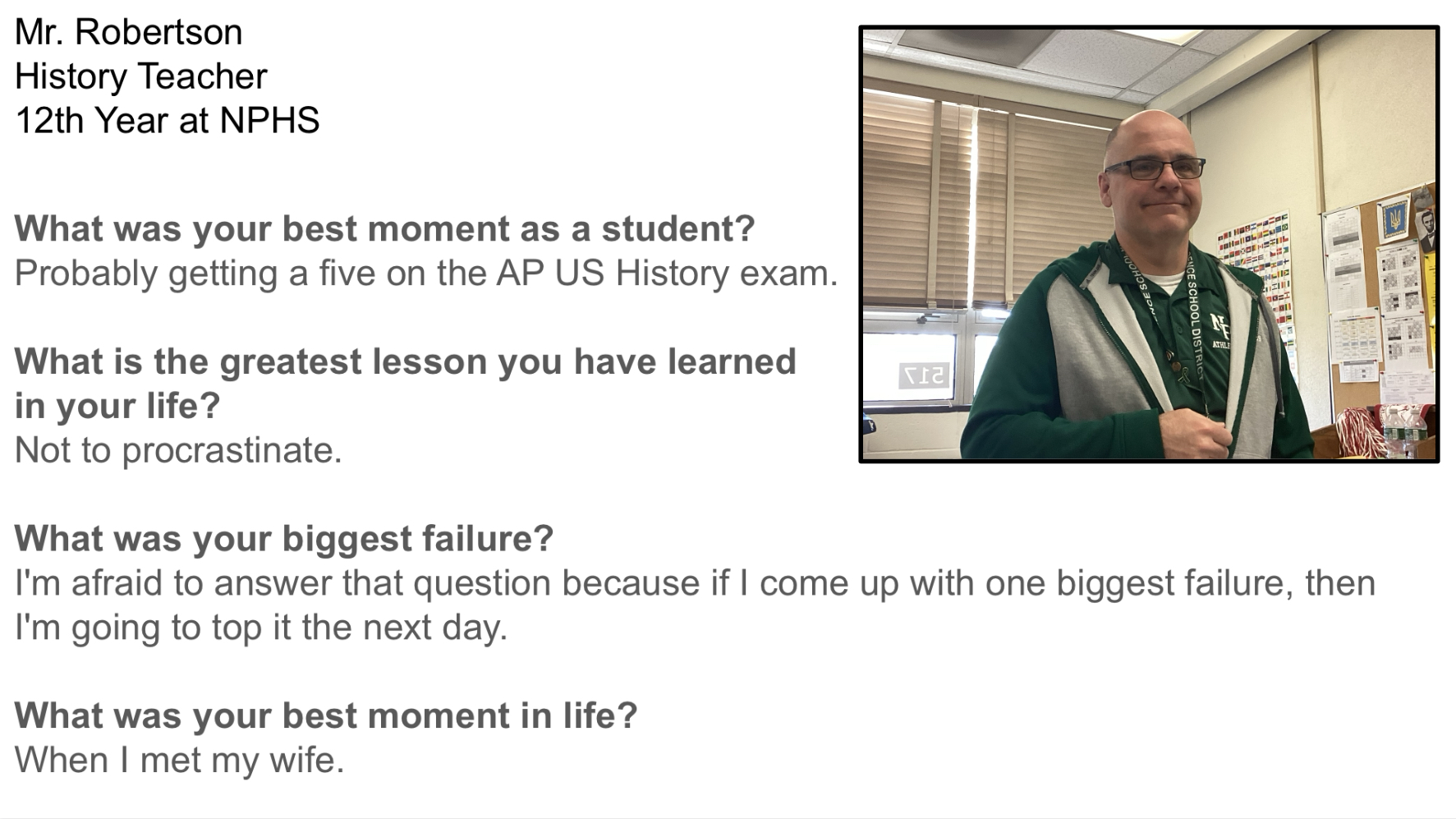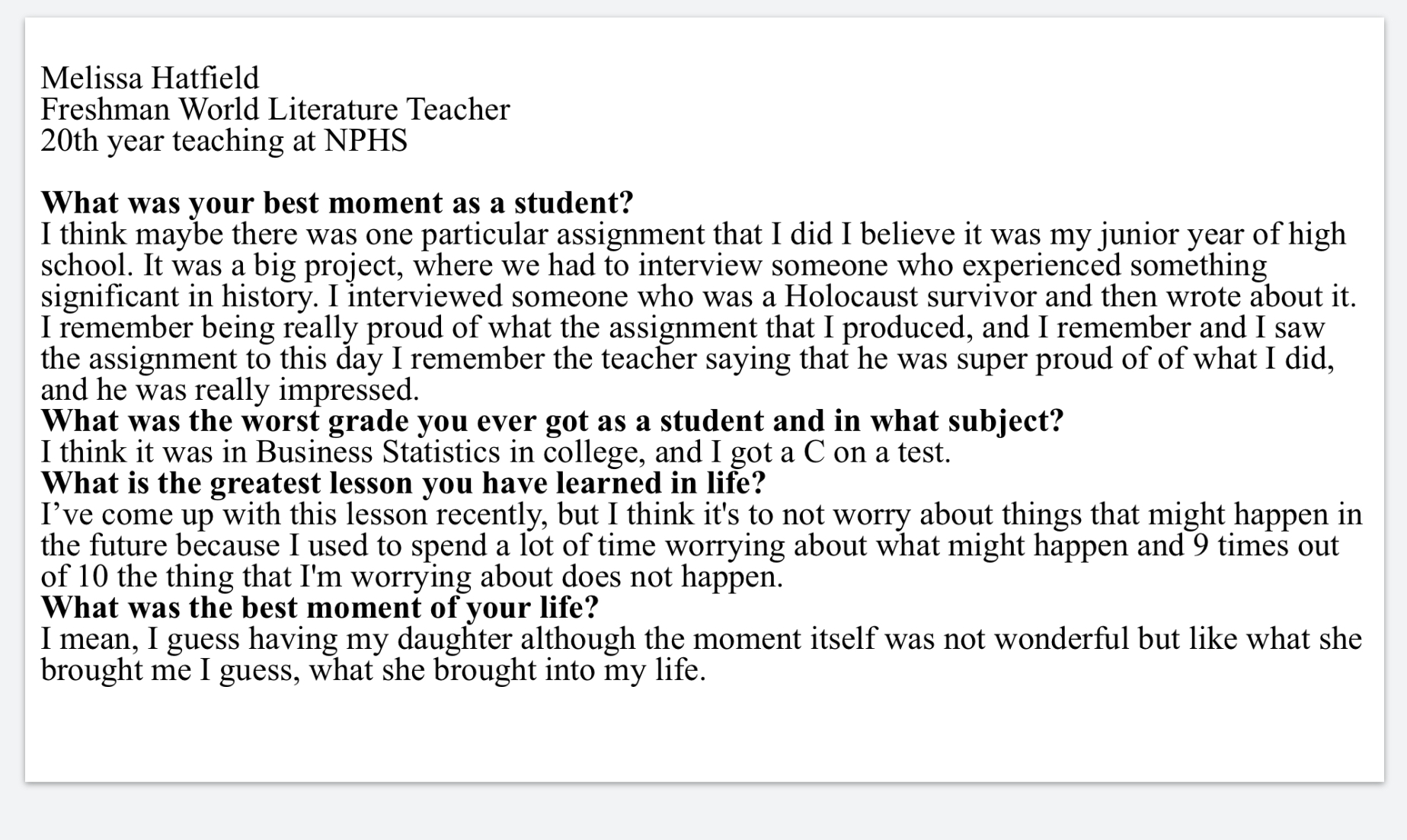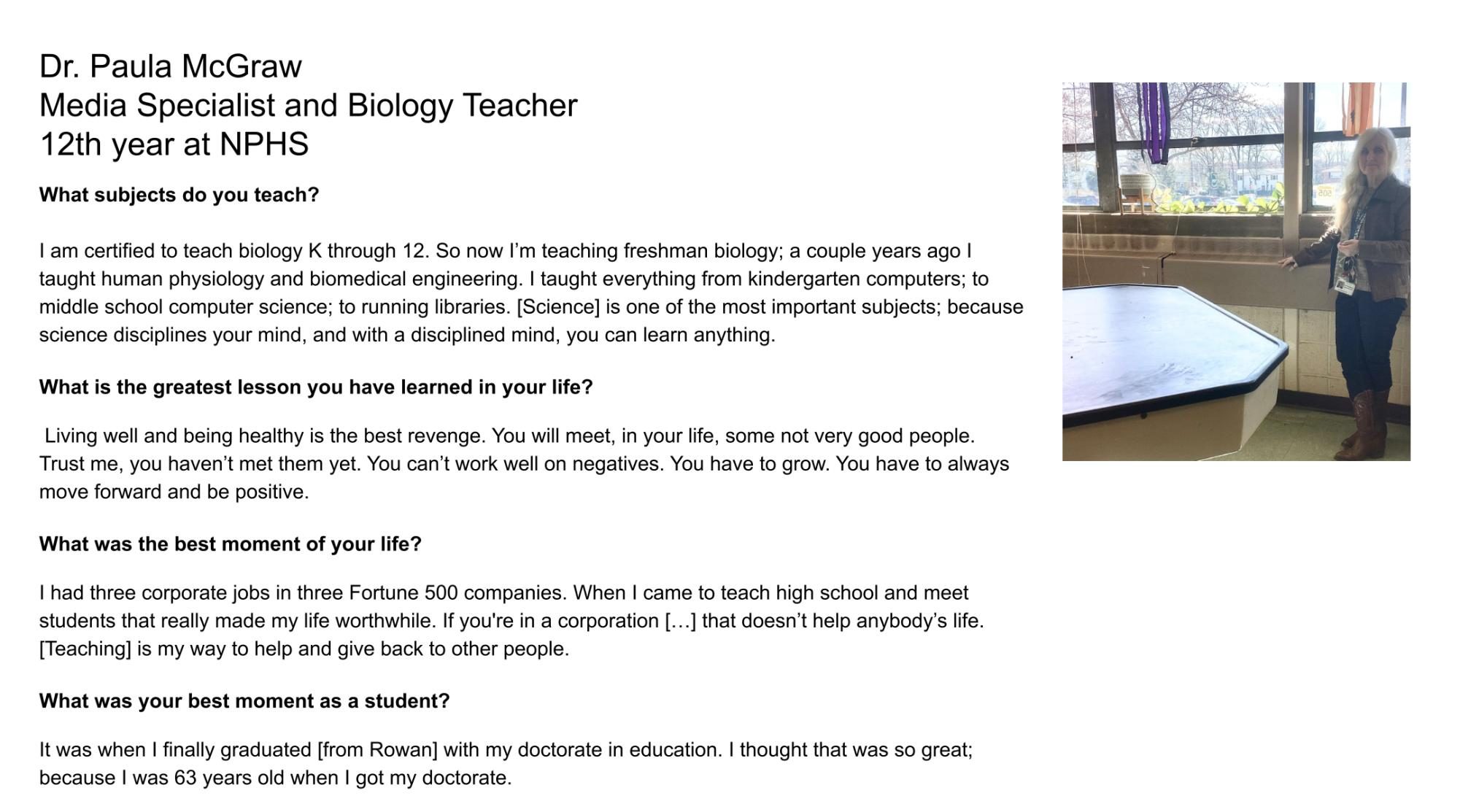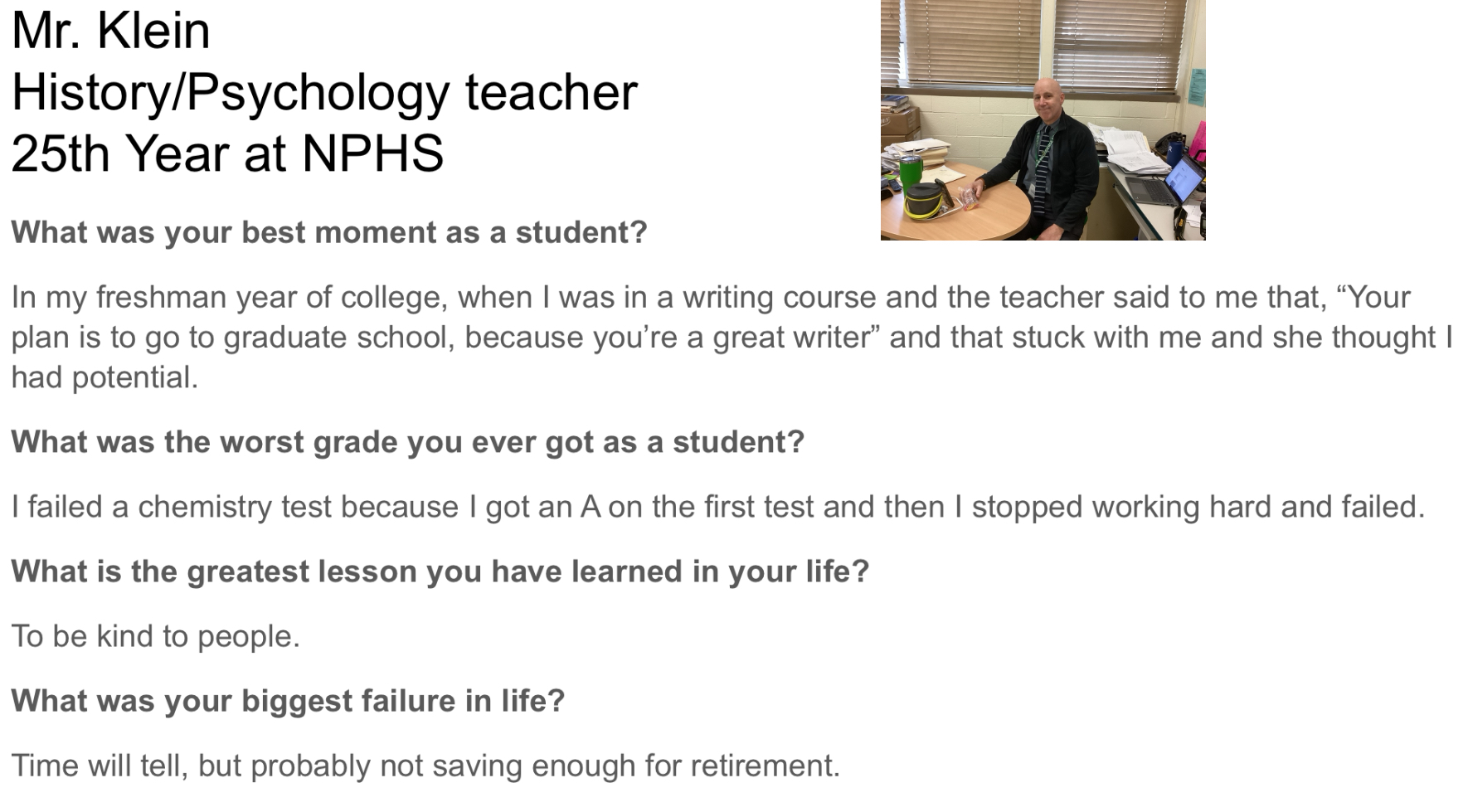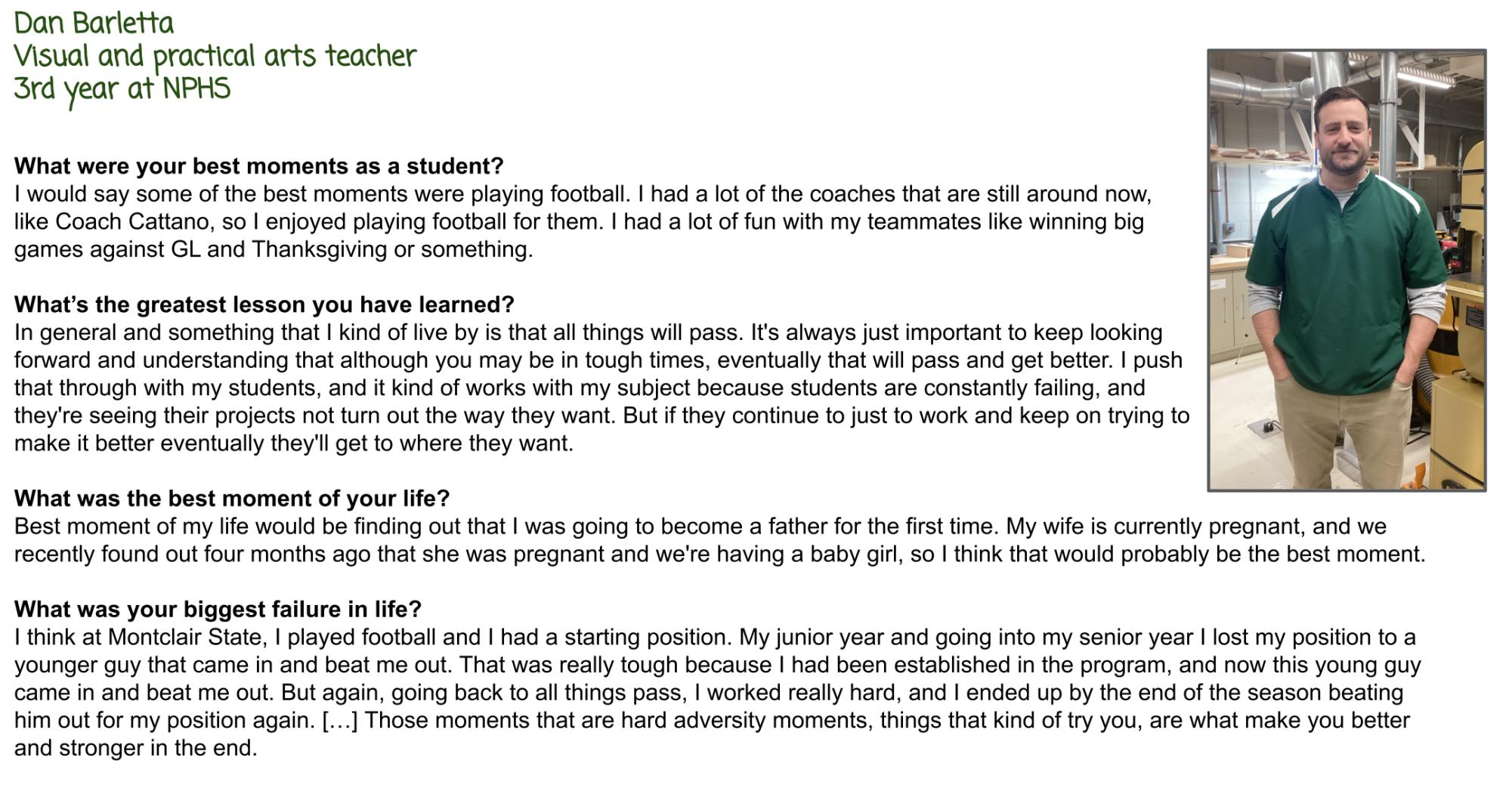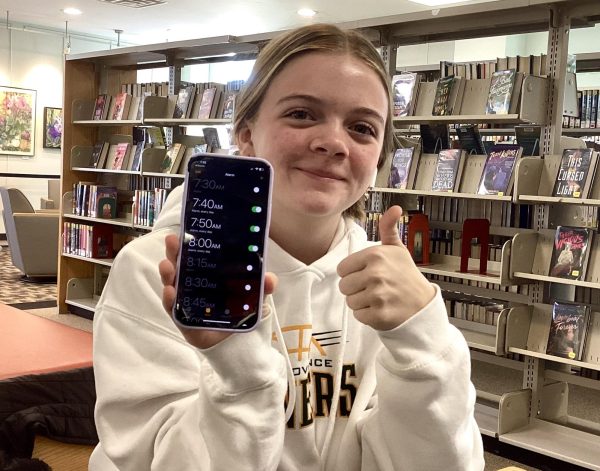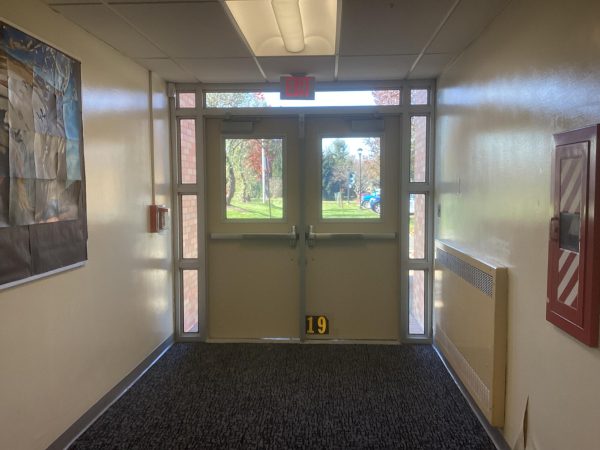Affirmative Action: A Question of Public or Private
January 20, 2021
When the long-awaited decision came down in the Harvard discrimination case, many individuals were probably surprised how U.S. District Judge Allison Burroughs ruled in favor of Harvard. It seemed like the money would be on Harvard losing, a seeming victim of prejudice against Asian Americans after the cover was stripped from the Harvard admissions process.
Fortunately, after all, the money was not so perceptive, since diversity may well have meaning, past discrimination may call for rectification, and the best way to deal with values-laden issues that have no simple answers is to enable full freedom.
The first thing to consider is that like many other schools, Harvard is not a public institution, but a private institution.
Private institutions should be able to take affirmative action, but public institutions should be forbidden from doing so. A public institution, a government institution, must be kept to “target” admissions far more strictly than private ones.
I am not only against government-mandated affirmative action for public universities, I am against the option of affirmative action by those institutions. Of course, since government institutions are public colleges, what they might choose is a default government mandate from the perspective of a state citizen.
Everyone is required to finance governments and their agencies, unlike private schools. In reality, the government has much more authority than any private institution, and that makes a public institution refusing you a much more harmful advantage than when a private institution does.
But why should a private school, when admitting students, take race or ethnicity into account?
First, there is fundamental freedom; people should be very reluctant to allow the government to tell private actors how they need to run themselves. As far as race-based decisions are concerned, there is reason to believe that diversity has educational and other benefits for students, including substantial research largely at the college level.
In view of competing products, treating everyone without regard to race and the advantages of diversity, we need to allow room for numerous approaches to balance the two, both to see which mixes produce the best overall results and because all people value not only these products, but academic achievement, creativity, social networking, and many other variables.
There is also an argument that African Americans are have been at a disadvantage in the United States, and it is the right thing for institutions to do to take that into account when evaluating African American applicants.
Government treating people differently based on their race is the main problem, but we want to leave as much space as possible for attempts to create a fair and open environment for all people.
As expressed by the group of students in the Harvard case, Asian Americans who work very hard academically and “play by the rules” may be disadvantaged, which is why the distinction between public and private is so important.
Increasing attention to legacy admissions, athlete preferences, and, of course, apparently just buying a student’s way into a college, bottom-up recognition of many questionable admissions policies may manifest itself.
With many different goods competing against each other, what is the right or wrong thing to do is often very difficult to discern. In view of this, we should want as much freedom as possible to weigh things differently and make distinct decisions. The well-known ruling from Harvard does that.






